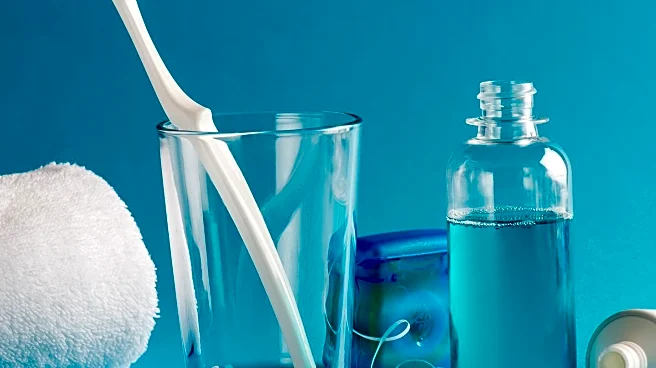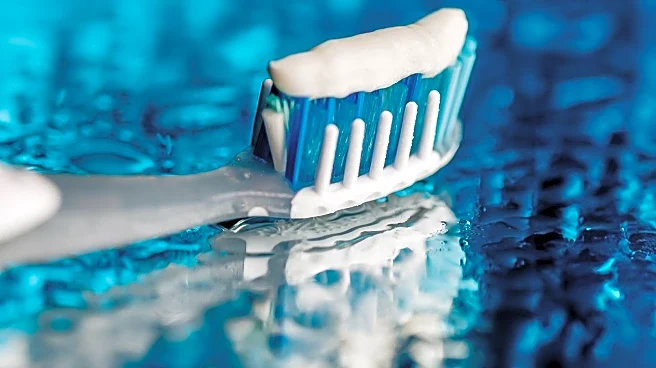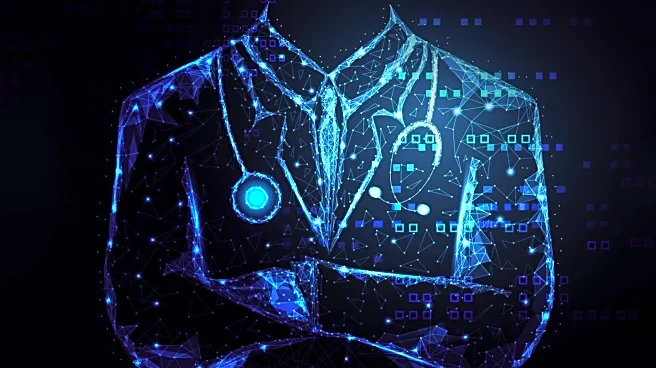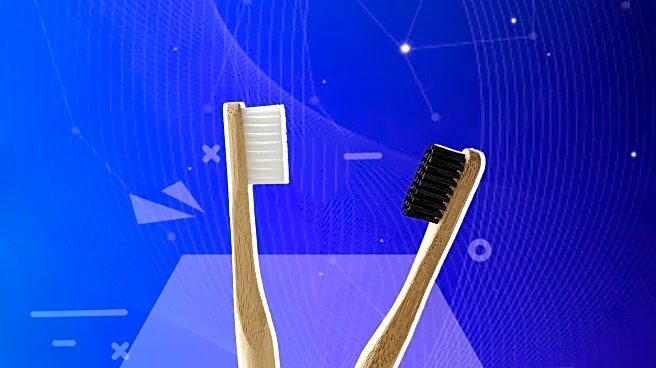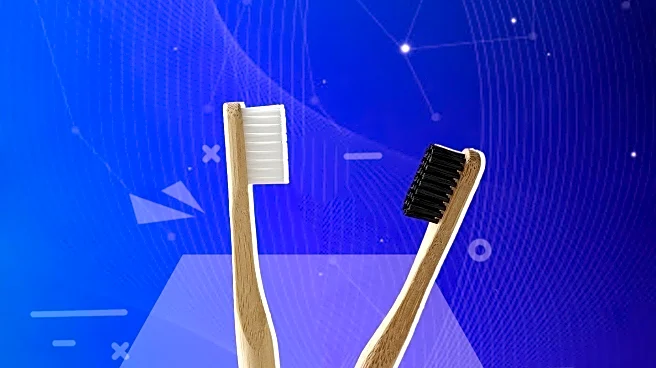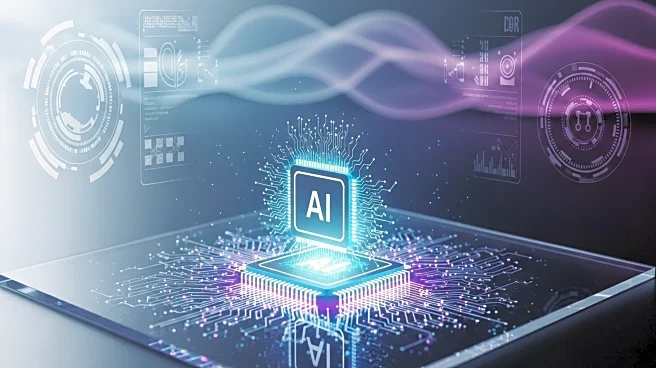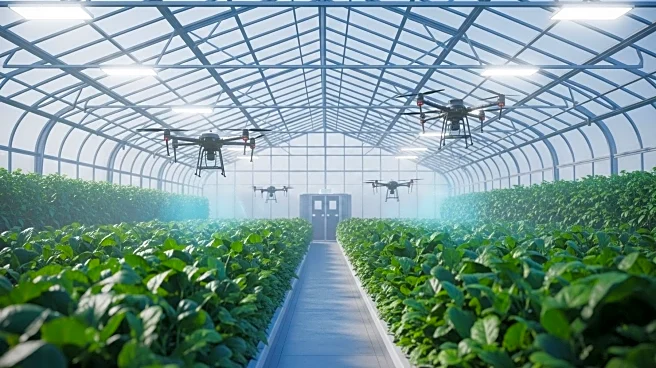What's Happening?
Electric toothbrushes are becoming increasingly popular due to their ability to provide a more thorough and efficient clean compared to manual toothbrushes. These devices use vibrations and automated head movements to remove plaque and debris, often featuring smart programs for whitening, gum care, and built-in timers. The latest models even incorporate artificial intelligence to track brushing habits and suggest improvements. Consumers can choose between sonic and oscillating brush heads, each offering different cleaning experiences. Sonic brushes use high-frequency vibrations to push fluid and toothpaste between teeth, while oscillating brushes use rapid, rotating heads for a targeted clean. The choice between these types often depends on personal preference and sensitivity levels.
Why It's Important?
The rise in popularity of electric toothbrushes reflects a growing consumer interest in advanced personal care technologies. These devices offer a closer approximation to a professional dental cleaning, which can lead to better oral health outcomes. As more people invest in these products, there could be a significant impact on the dental care industry, potentially reducing the frequency of dental visits for routine cleanings. Additionally, the integration of AI in these devices represents a broader trend of smart technology adoption in everyday life, highlighting a shift towards more personalized and data-driven health management.
What's Next?
As electric toothbrushes continue to evolve, manufacturers are likely to introduce even more advanced features, such as enhanced AI capabilities and more personalized brushing programs. This could lead to increased competition among brands to offer the most innovative and effective products. Consumers can expect to see more options tailored to specific needs, such as sensitive teeth or gum health. Additionally, as these devices become more common, there may be a push for more affordable models to make them accessible to a wider audience.
Beyond the Headlines
The growing use of electric toothbrushes also raises questions about environmental impact, particularly concerning battery disposal and the sustainability of materials used in their production. As consumers become more environmentally conscious, there may be increased demand for eco-friendly options, such as toothbrushes with recyclable components or those powered by renewable energy sources.


